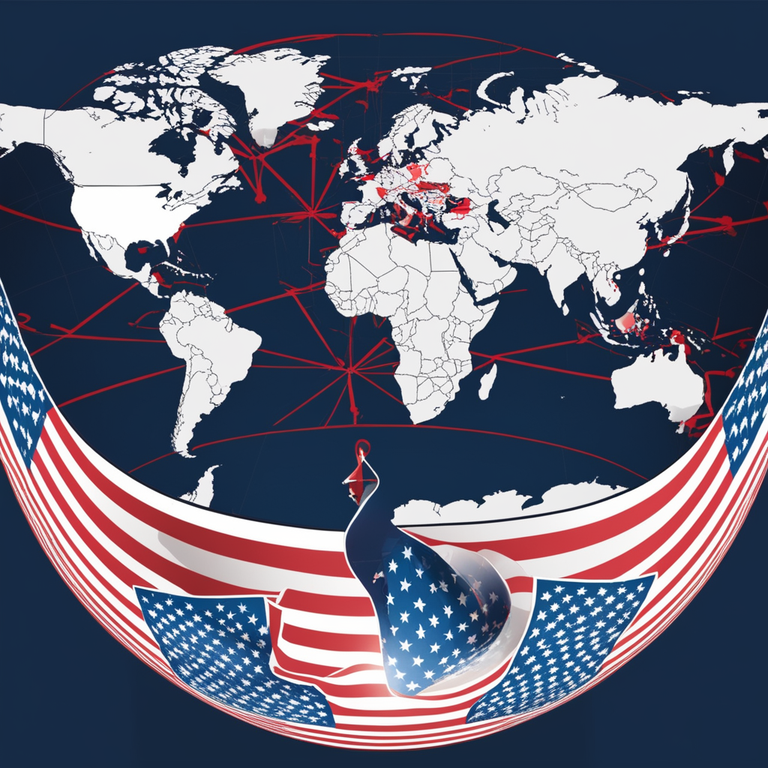Assessing the Likelihood of Wars Approaching Our Coasts: Examining Global Geopolitical Dynamics


In an increasingly interconnected world, the possibility of conflicts emerging and reaching our coasts is a topic of concern. Geopolitical tensions, shifting alliances, and strategic positioning of nations can often be indicators of potential conflicts. In this post, we’ll delve into the current state of global geopolitics and explore how nations are positioning themselves in relation to the United States and its allies.
Geopolitical Tensions: Geopolitical tensions have been on the rise in recent years, with various regions witnessing power struggles, territorial disputes, and ideological clashes. Some key points to consider include:
- Rising Powers and Competing Interests: The emergence of new global powers, such as China and Russia, has led to a complex web of interests and ambitions. These nations are seeking to expand their influence and challenge the established order, potentially causing friction with the U.S. and its allies.
- Territorial Disputes: Territorial conflicts, particularly in regions like the South China Sea and Eastern Europe, have the potential to escalate into larger conflicts. Competing claims over maritime territories and historical disputes are sources of tension that could draw in neighboring nations and their allies.
- Resource Competition: As the demand for resources like energy and minerals increases, competition over access to these resources could heighten geopolitical tensions. This competition can lead to confrontations and strategic rivalries.
Alliances and Strategic Positioning: Nations often form alliances and partnerships to enhance their security and geopolitical standing. Here’s a snapshot of current alliance dynamics:
- NATO and Collective Defense: The North Atlantic Treaty Organization (NATO) remains a key alliance for the U.S. and its European partners. It serves as a deterrent against potential aggressors and ensures collective defense. However, strains within the alliance, differing threat perceptions, and questions about burden-sharing could impact its effectiveness.
- Indo-Pacific Alliances: The U.S. has been strengthening ties with nations in the Indo-Pacific region, such as Japan, South Korea, Australia, and India, to counterbalance China’s influence. These alliances aim to ensure regional stability and safeguard maritime interests.
- Evolving Relations: The U.S. and its allies are continuously reassessing their relationships in response to changing geopolitical dynamics. This involves adapting to new threats, cooperating on cybersecurity, and collaborating on intelligence sharing.
Conclusion: While the likelihood of wars directly approaching our coasts is a complex and multi-faceted issue, it’s crucial to monitor global geopolitics closely. The current state of affairs suggests a mixture of cooperation and competition among nations, with both potential for conflict and avenues for diplomacy. It’s in the interest of all nations to seek peaceful resolutions to disputes, maintain open lines of communication, and engage in dialogue to prevent conflicts from escalating. Staying informed about international developments and advocating for diplomacy can contribute to a more stable and secure global environment.